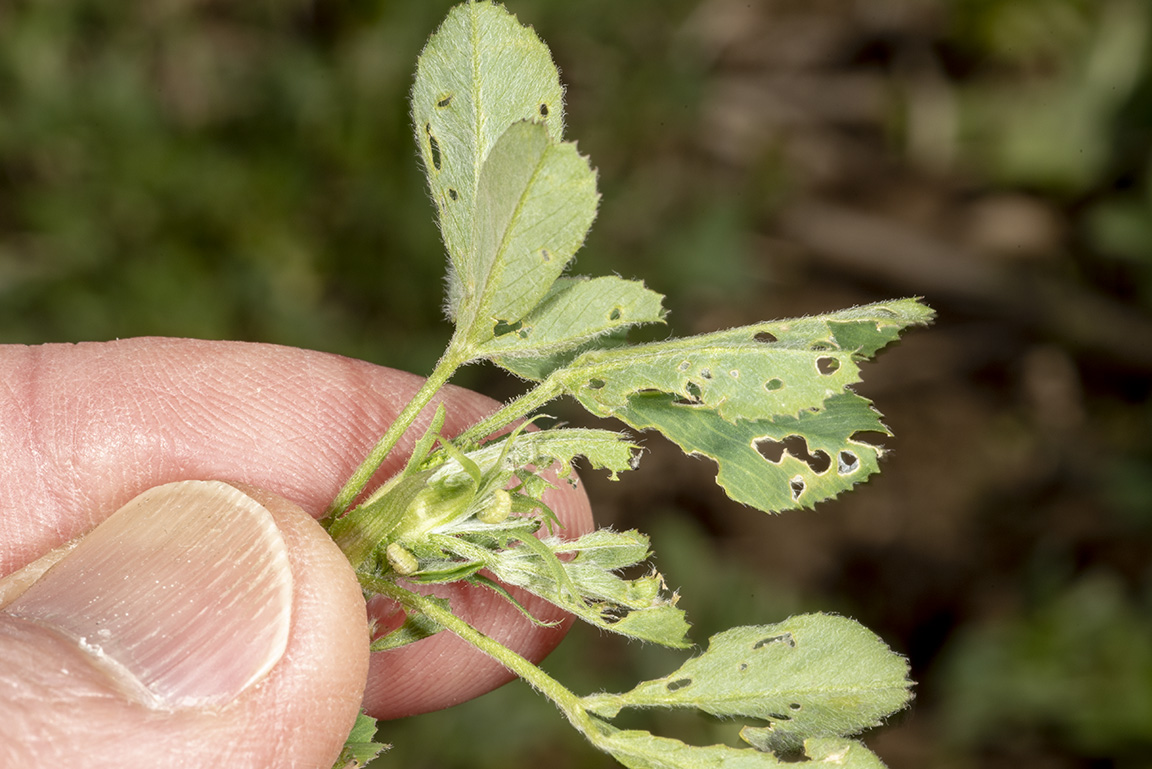
Recent reports from pest managers in northern counties have indicated that weevil damage and larval numbers are very high, well in advanced for this date, see accompanying map below.


Recent reports from pest managers in northern counties have indicated that weevil damage and larval numbers are very high, well in advanced for this date, see accompanying map below.
Sampling an alfalfa field to determine the extent of alfalfa weevil damage and average stage of weevil development is best accomplished by walking through the field in an “M-shaped pattern.”
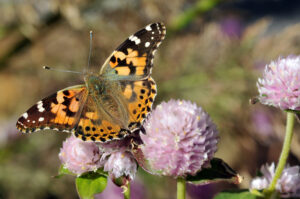
This is a wonderful time of the year in the Hoosier state, as we drive through the countryside, we are greeted with the pleasing sight of several colorful butterfly species gliding across and roads, near puddles of water, or on fall flowering plants. Many of these beauties originated from larvae that likely fed on soybean or alfalfa. However, it is rare for any of these species to cause significant yield losses from defoliation. Below is a listing, with pictures, of some of the common butterflies and their caterpillars this time of year. Although you will find some of these feeding in crops, none are pests.
The following video addresses bean leaf beetle identification, biology, and late-season damage to soybean while keeping the marketable portion of the crop foremost in mind.
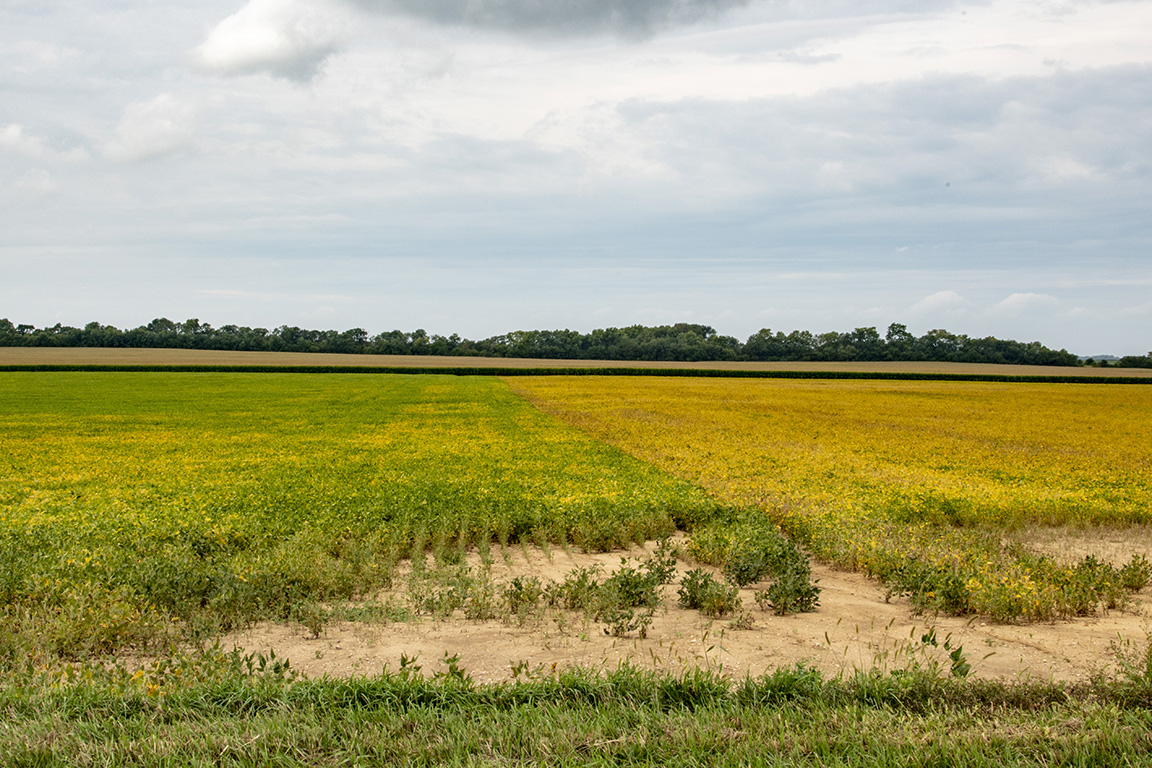
Within the past week, we’ve noticed a movement of bean leaf beetles from an early-maturing soybean field, i.e., yellowing leaves, to nearby “green” fields.
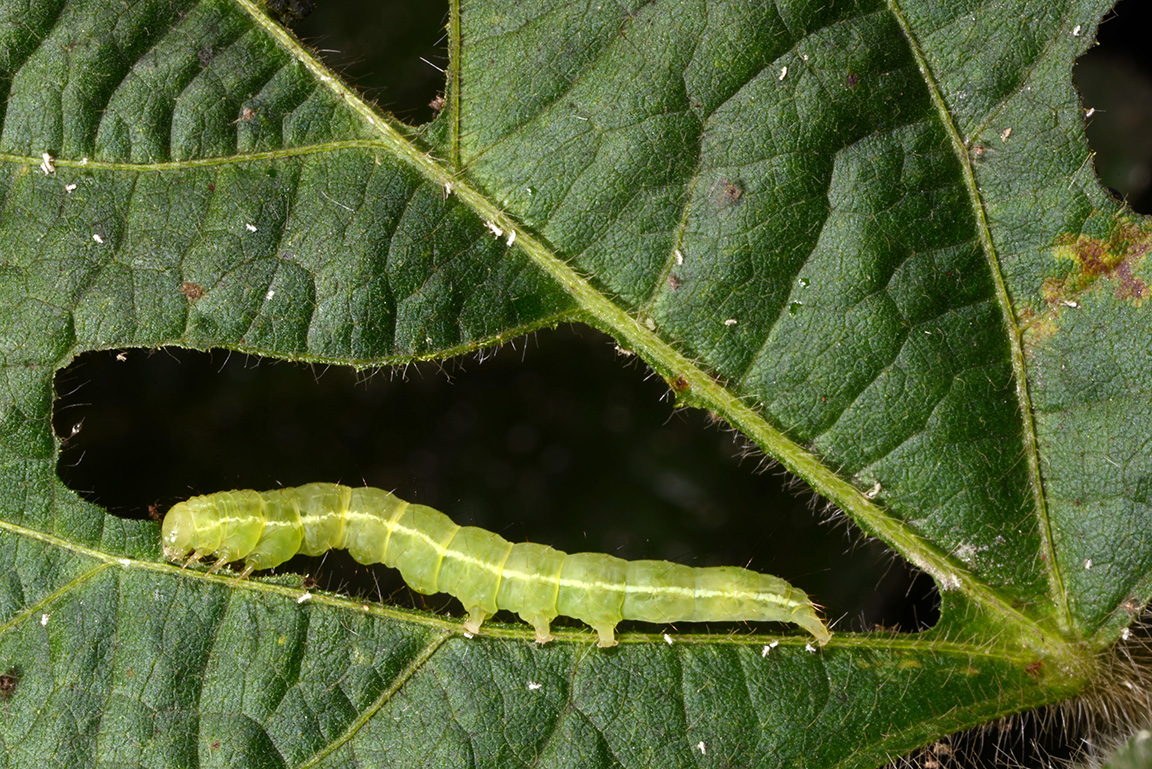
A couple of weeks ago, we ran a story on an inordinate number of green cloverworm moth sightings around fields and farmsteads, “Black Moths Fluttering About Everywhere!”
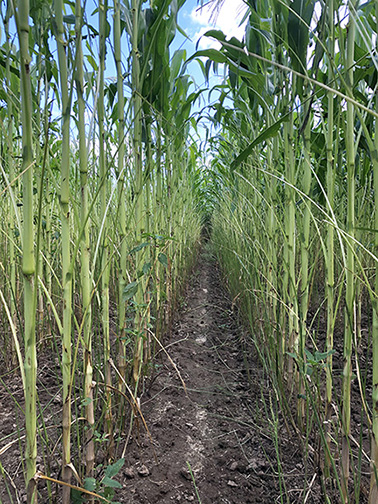
There have been multiple enquiries over the last week concerning corn leaves and forage grasses disappearing!
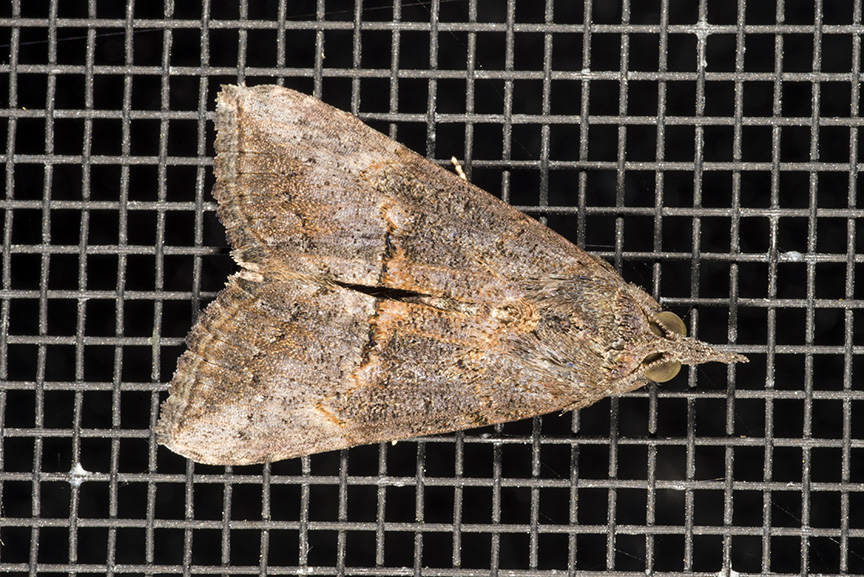
Most likely you have seen some black moths flying around farms, homes, and yards, especially to lights at night.

Much of the corn has pollinated throughout the state, but there are the late-planted fields that have yet to do so. Those are the fields that potentially act as a “trap crop” for various insect pests as they look for an excellent protein source…pollen. One particular insect, known by some producers as silk beetles, is the western corn rootworm beetle. In most years, this is the time for the peak number of beetles present in the state. In fact, for research trials we deliberately plant corn late the year before in an attempt to lure pollen-feeding female beetles into the crop so there will be plenty of eggs in second year corn. However, beetle numbers are much lower than they used to be several years ago. Because of this, some producers have let their guard down, only to later regret their decision to not protect their corn from larval damage.[Read More…]
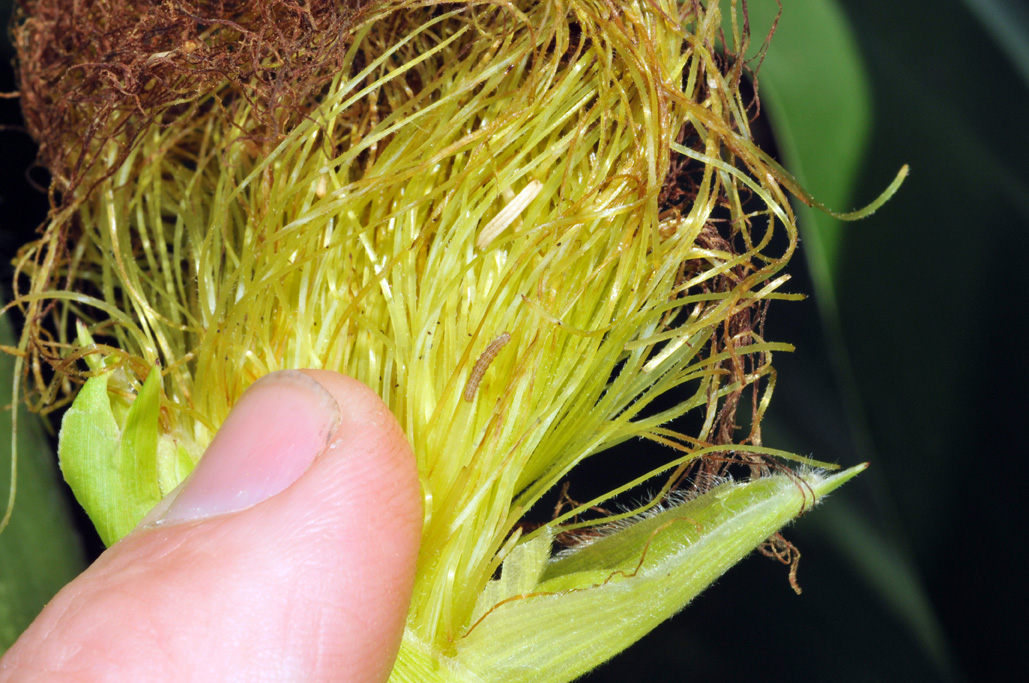
The vast majority of cornfields in the northwestern counties of Indiana have reached or have passed pollination.
© 2024 Purdue University | An equal access/equal opportunity university | Copyright Complaints | Maintained by Pest&Crop newsletter
If you have trouble accessing this page because of a disability, please contact Pest&Crop newsletter at luck@purdue.edu.